July 14, 2025 | 23:42 GMT +7
July 14, 2025 | 23:42 GMT +7
Hotline: 0913.378.918
July 14, 2025 | 23:42 GMT +7
Hotline: 0913.378.918
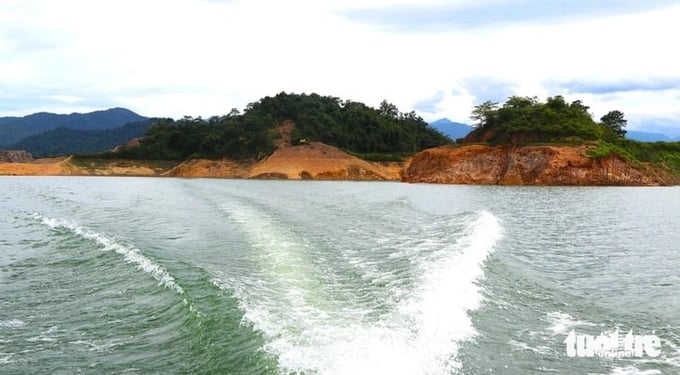
"Monkey Island" with an area of 4 hectares is located in the middle of Ngan Truoi Lake (belonging to Vu Quang National Park, Vu Quang district, Ha Tinh). This island is used as a location to release monkeys back into the natural environment, and at the same time serves to check and monitor the adaptation process of monkeys in the new environment. Photo: Le Minh.
Vu Quang National Park is known as one of the most important biodiversity centers in Vietnam with many endangered, precious and rare species prioritized for conservation, located in an ecological region of global concern, and also plays an extremely important role in biodiversity conservation and environmental security for the Central Truong Son region and the entire ASEAN region.
In addition to preserving biodiversity, many areas in Vu Quang National Park are also places to release many rare animal species back into the natural environment, including "monkey island".
Over the past year, Vu Quang National Park coordinated with Animals Asia to release 25 monkeys onto the island. To date, there are still 12 monkeys living on this island, and 13 other monkeys have gone to other locations in the park.
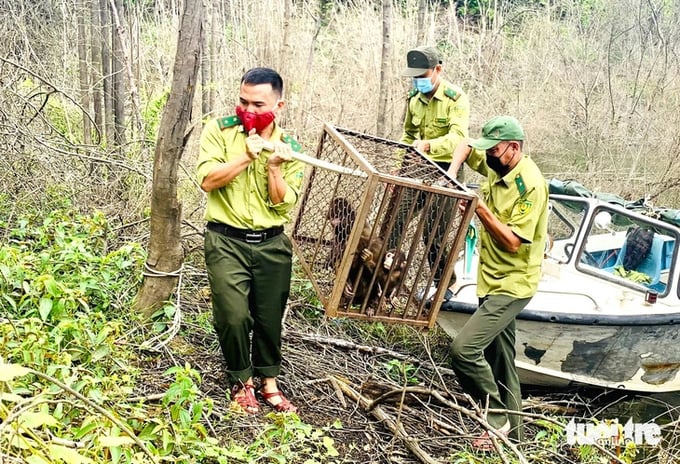
Moving monkeys to "monkey island" to prepare for release into the wild. Photo: Le Minh.
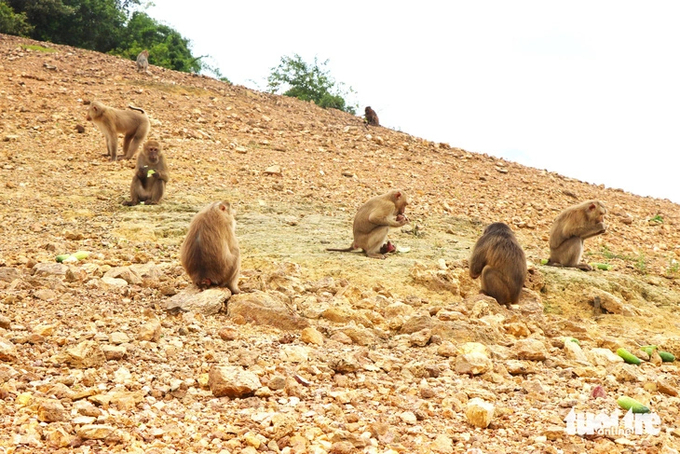
Monkeys released on the island include many species such as pig-tailed monkeys, moldy monkeys, and red-faced monkeys. Photo: Le Minh.
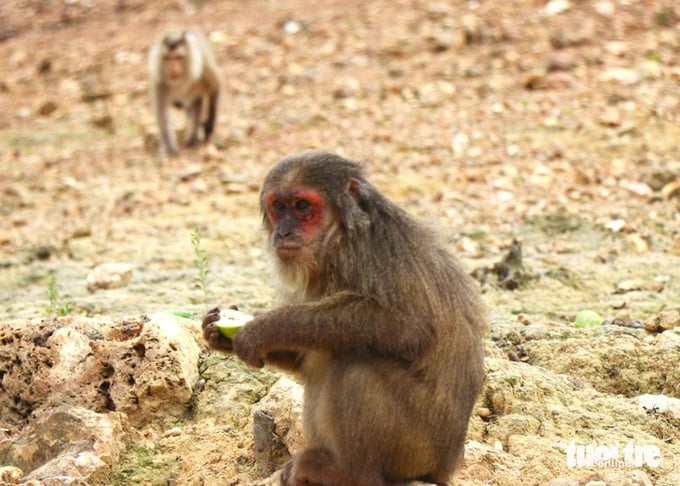
After a short time on the island, they lived in herds and adapted to the new environment quite well. Photo: Le Minh.
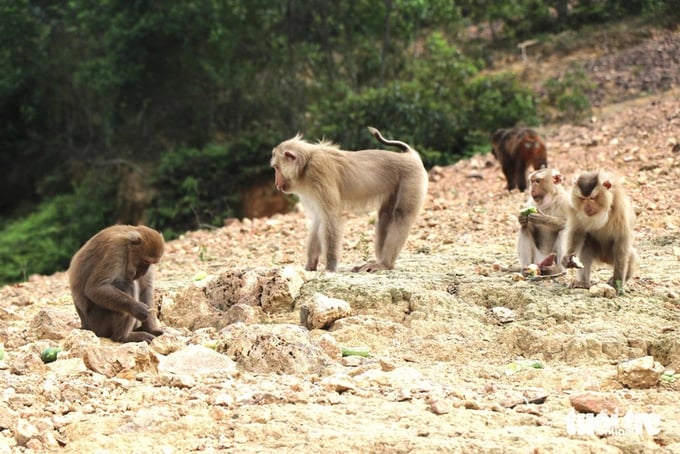
This group of monkeys was received by Vu Quang National Park from the Forest Ranger Department of Kim Mon district (Hai Duong province). After a period of monitoring and care, it was found to be suitable for survival so it was released into the natural environment. At the beginning of the reintroduction, garden staff regularly came to observe and monitor the activities of the monkeys. Photo: Le Minh.
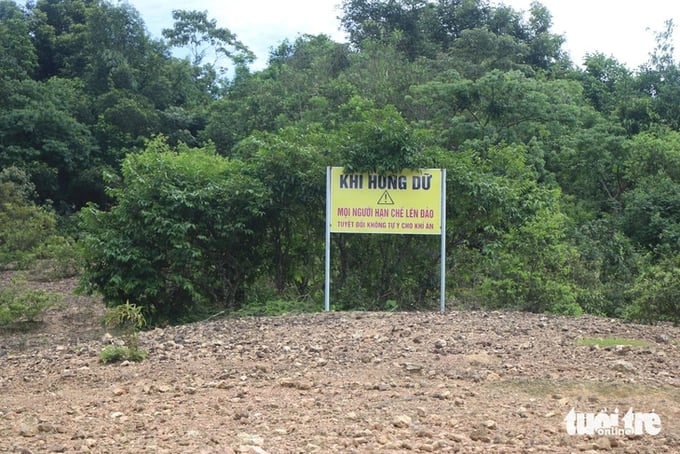
Mr. Nguyen Viet Hung - Head of Science and International Cooperation Department (Vu Quang National Park) - said that during the survey process, it was found that "monkey island" has enough vegetation to provide food for the monkeys, so he decided to choose it as a location to release monkeys into the environment. In the photo: Warning sign in the area where monkeys are reintroduced. Photo: Le Minh.
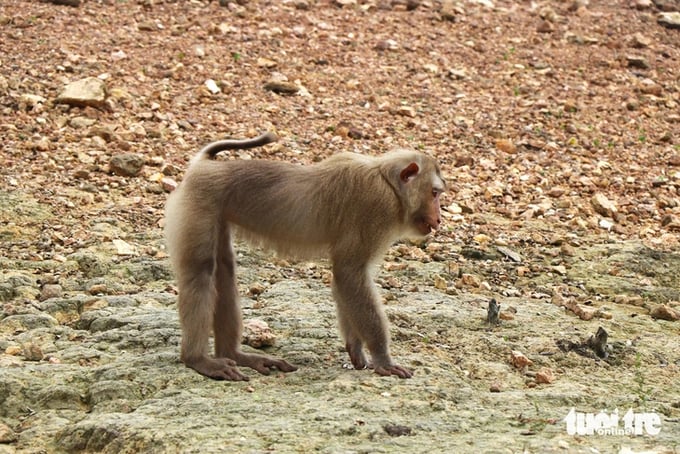
The monkeys were released back onto the island in 2 batches, with 25 monkeys belonging to group IIB. After observation and monitoring, there are currently 12 monkeys left on the island including 2 red-faced monkeys, 1 moldy monkey, 6 pig-tailed monkeys and 3 yellow monkeys. Photo: Le Minh.
Translated by Bao Ngoc
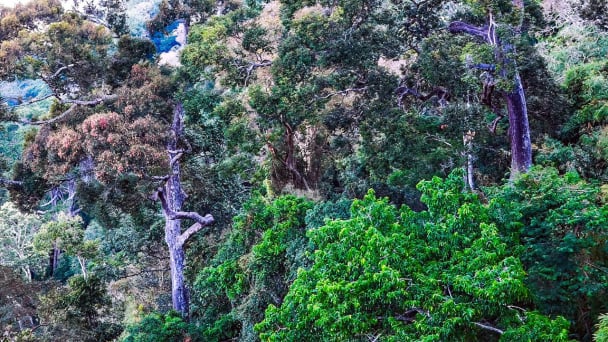
(VAN) Ta Kou Nature Reserve poses a rich and varied ecosystem of plant and animal life, highlighting its significant importance for conservation efforts and research.
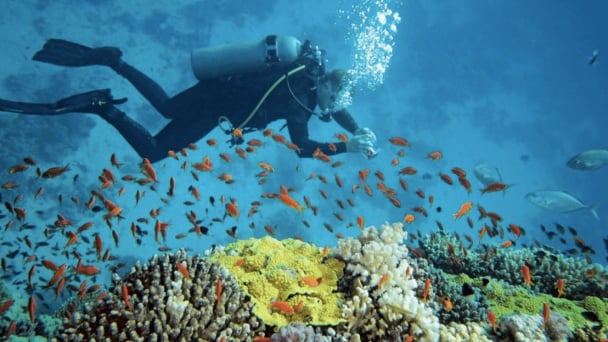
(VAN) According to a newly published study by the Vietnam-Russia Tropical Center, Nha Trang Bay has lost approximately 191 hectares of coral reefs over the past 20 years, equivalent to 12% of the surveyed area.
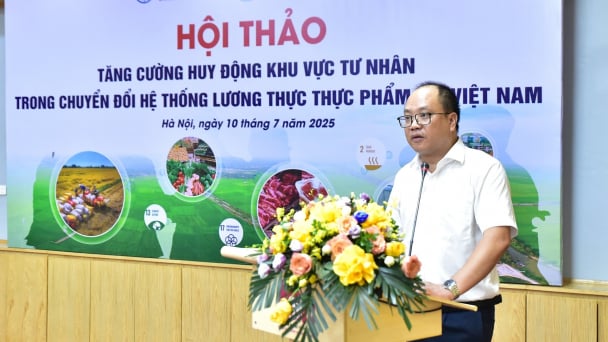
(VAN) The dialogue among stakeholders contributed many valuable recommendations to the policy refinement process, paving the way for deeper private sector engagement in the value chain.

(VAN) The seasonal migration of wild birds and the importation of certain US products could be potential routes for introducing the highly pathogenic avian influenza (HPAI) genotype.
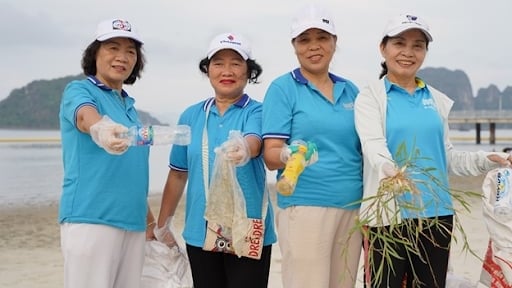
(VAN) The Viet Nam National Plastic Action Partnership (NPAP) officially launched the NPAP Policy Technical Group.
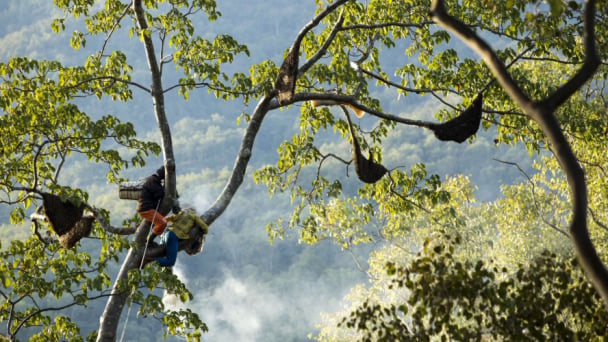
(VAN) Community forest economy not only protects natural resources but also creates sustainable livelihoods and contributes to combating global climate change.
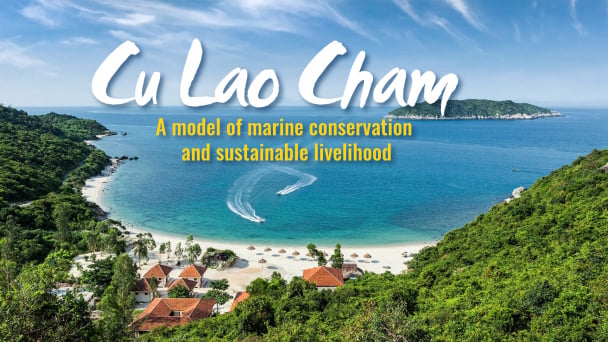
The Cu Lao Cham MPA not only conserves biodiversity but also supports sustainable livelihoods and raises community awareness about protecting marine resources and environment.